Article
2009
Cut Paper
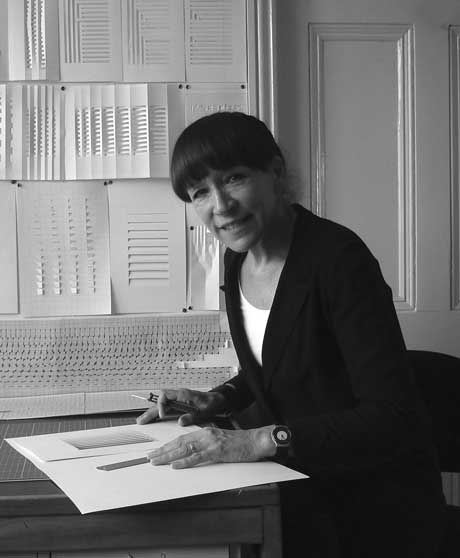
Toni Davey studied Fine Art at Hornsey College of Art [B.A. Hons] and Chelsea College of Art [M.A. sculpture]. She continued to work in London as an artist and visiting college lecturer. During this period her experience as an architectural model maker had a decisive influence on her thinking about sculpture and she is currently working with architects in London on a major commission. Toni has lived and worked in Somerset since 1984.
Artists have often been concerned with conveying the illusion of three dimensions onto a two dimensional surface. I try to understand this transition through very controlled drawing or by physically reinventing the surface by cutting and manipulation. The idea of the flat plane appearing to come to life by moving from two dimensions into three, whilst losing none of its original surface is a concept that fascinates me. I am intrigued by how few visual clues are necessary for the eye and brain to complete and enhance that apparent change of dimension. I do not know what to expect until the new surface starts to reveal itself.
Truth to materials is paramount to success, and I am currently working with paper. It seems to fall naturally into my chosen way of working, whilst also revealing its own qualities that both surprise and thrill by the unforeseen outcome. Recent pieces have been made from a single sheet of paper with nothing added or taken away. âTo draw, to cut, to score, to fold, two dimensions into three: manipulating light and shadow. The surface evolvesâ.
When a flat plane is transformed into a three-dimensional structure, it is redefined by light and shadow. However, when the pieces are âback litâ the possibilities are very exciting. The idea of âform being manipulated by lightâ is replaced by âlight being manipulated by formâ as it makes its journey through the broken plane. The altered surface allows you to sculpt with light. One of my earliest influences was the Corbusier chapel at Ronchamp.
My early work was mostly constructed in wood but the ideas demanded a pure and more plastic finish. The realisation that paper was the right material to express my ideas came through my passion for Japanese art, craft and design and an interest in noshi [ceremonial wrapping], fans and screens. My own response is purely visual without any symbolic, religious or cultural content. The pieces may appear simple but it takes time accumulating knowledge to pare ideas down to a clear visual statement. The ability to say so much with so little is a feature I admire in Japanese art. I know that a piece works if as I keep returning to it another layer of understanding is revealed: a meditation and a deceptive simplicity.
In my work the underlying structure of the grid is always present. The grid offers the means to retrace onesâ footsteps, to understand the journey, to allow forms to follow a rule or sequence of changes that produce solutions which are pure, logical and visually beautiful: qualities that exist in nature.
Recently, the use of a laser cutter has opened many new possibilities in terms of scale, intricacy and the ability to produce editions where each identical piece can be individually manipulated to reveal itself in a multitude of ways. There is also something very satisfying about the lasers ability to draw, score and cut in one process. I had experimented with controlled ways of burning marks onto paper using a small blowtorch, before I made the connection of how the laser cuts using heat. I now want to explore this further by bringing together the different elements of what is drawn, folded, hand cut, burnt and laser cut.
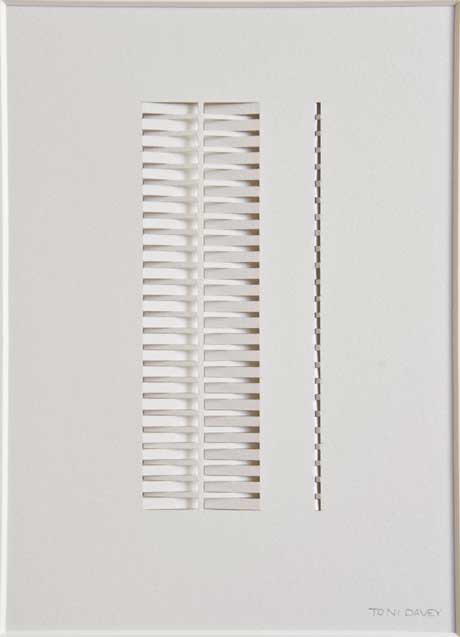
2009
Cut Paper
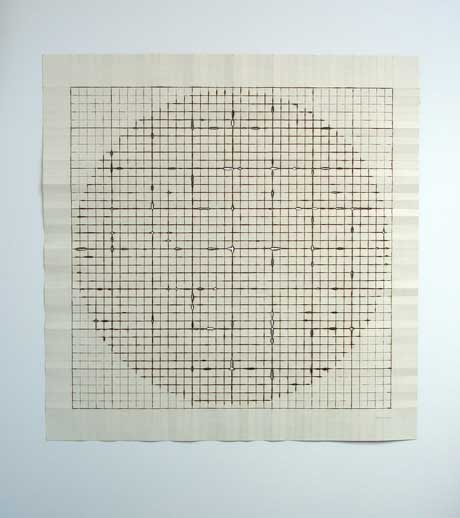
2010
Burnt Paper
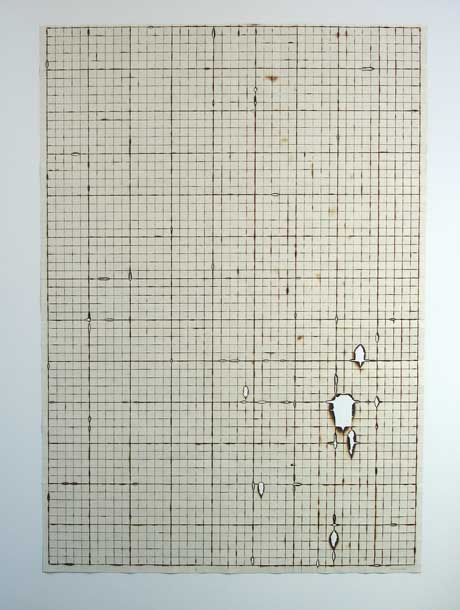
2010
Burnt Paper
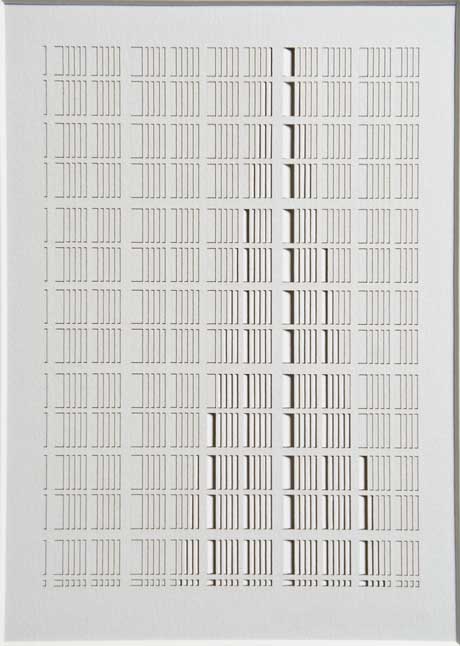
2009
Lasercut Paper
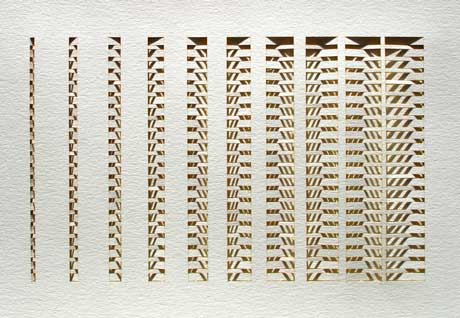
2008
Lasercut Paper
Limited Edition